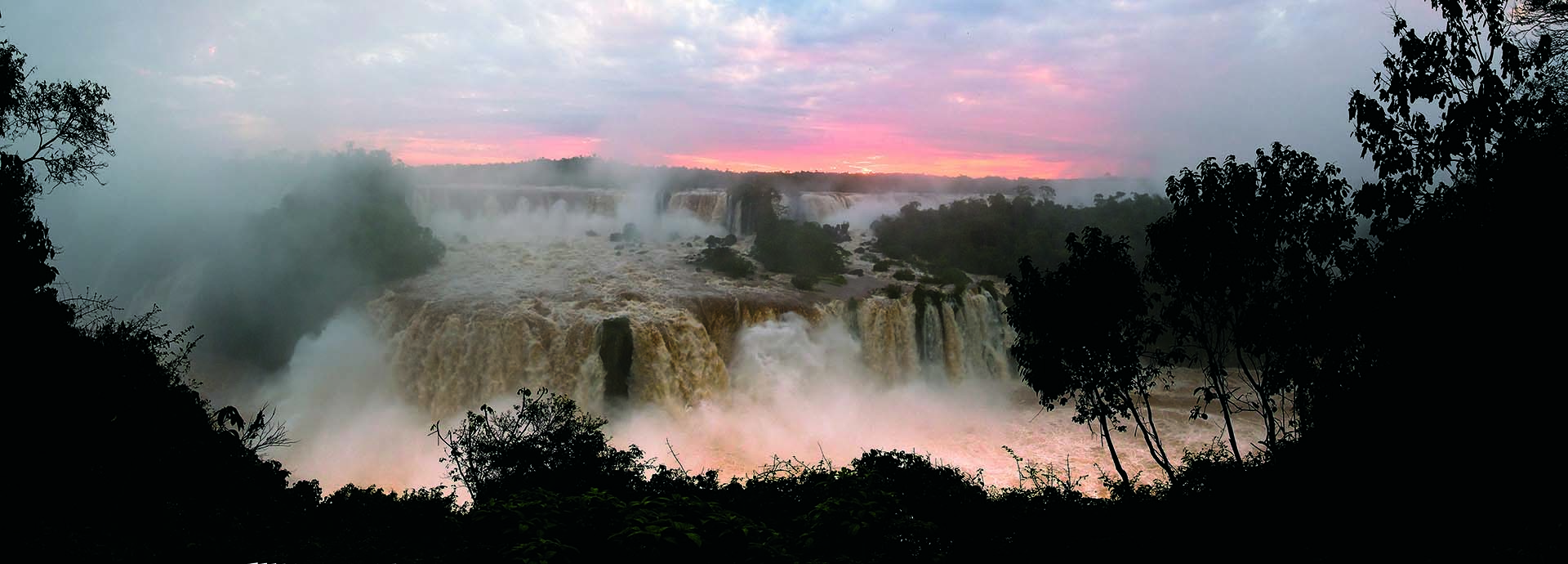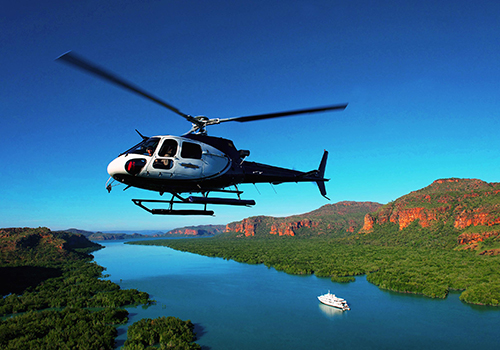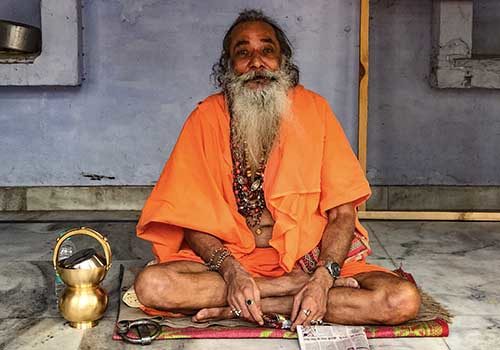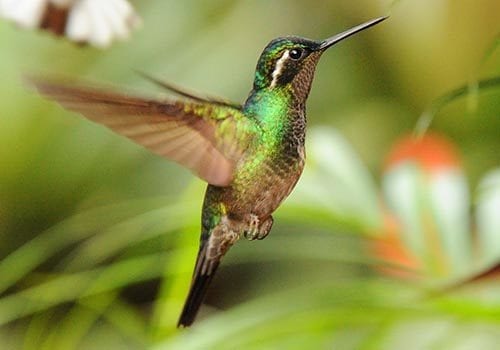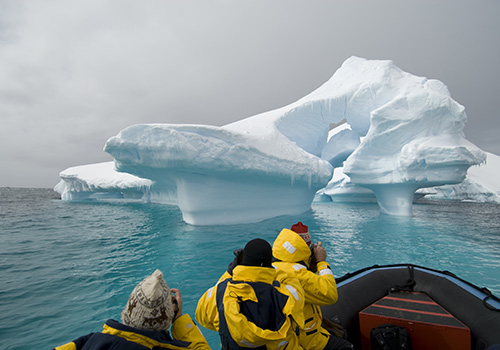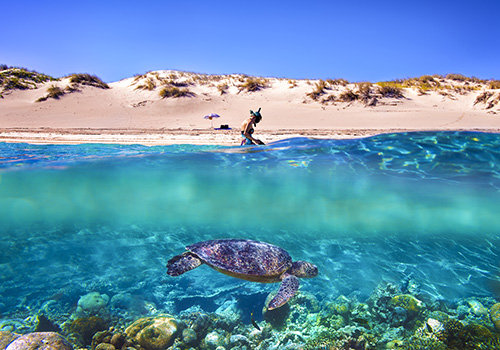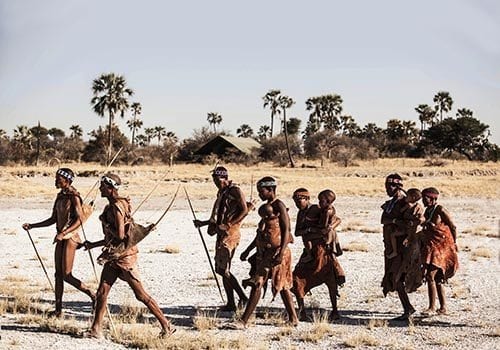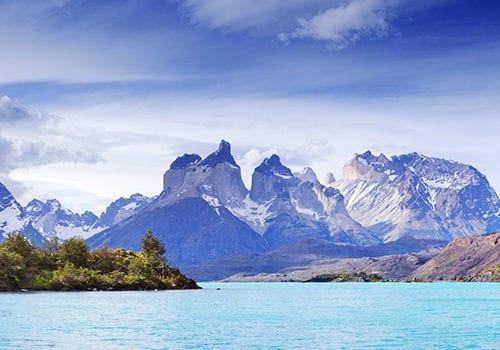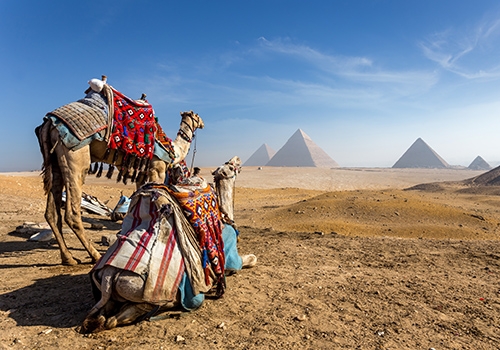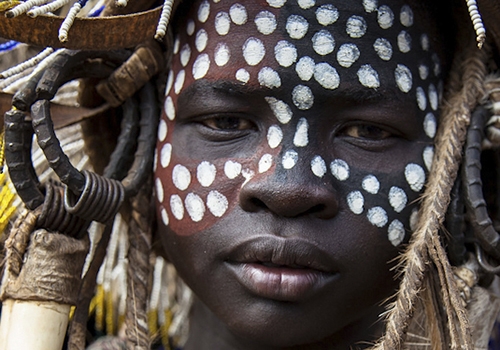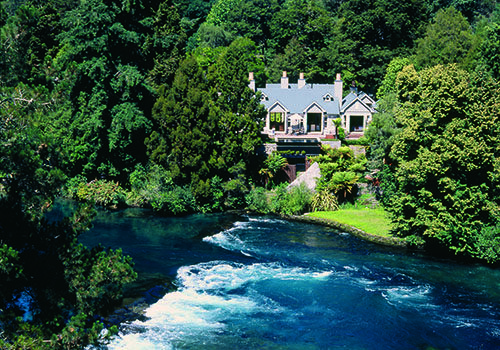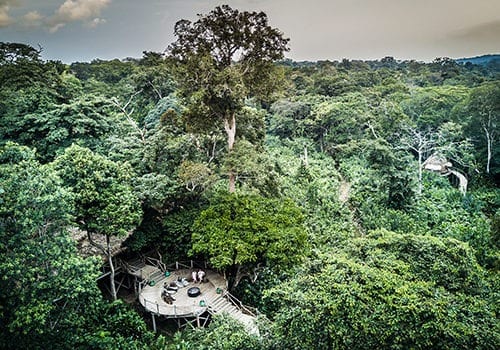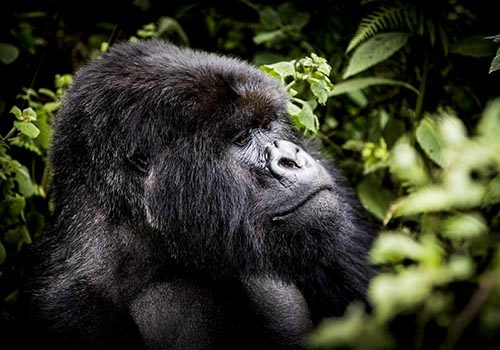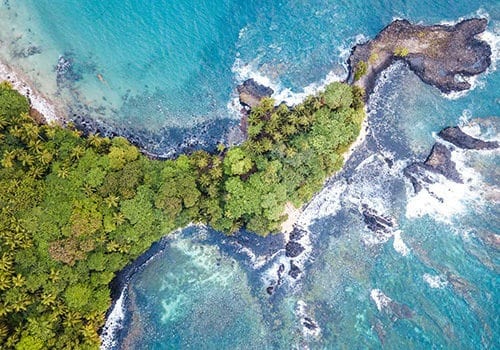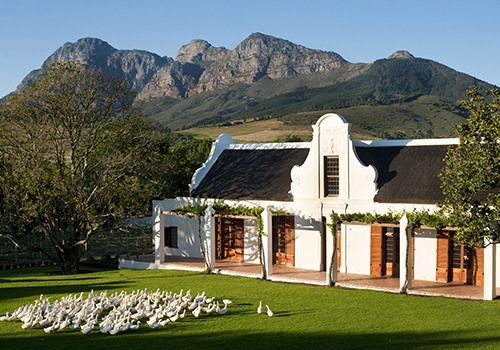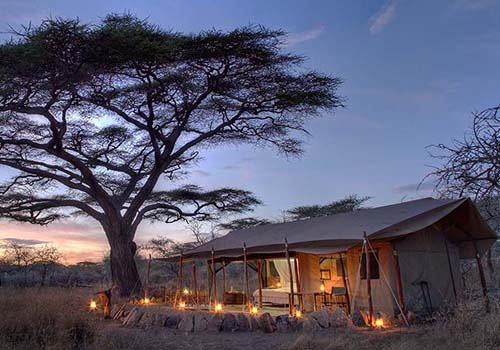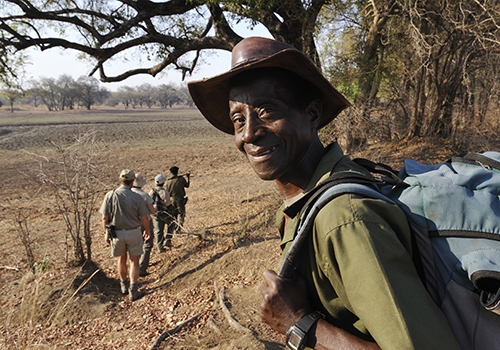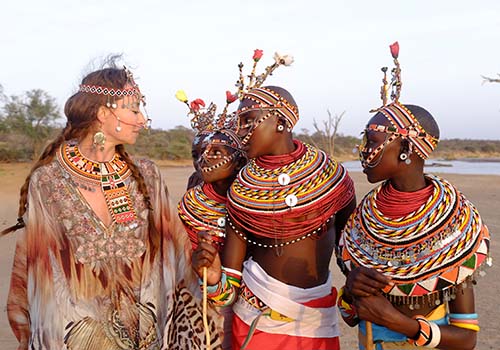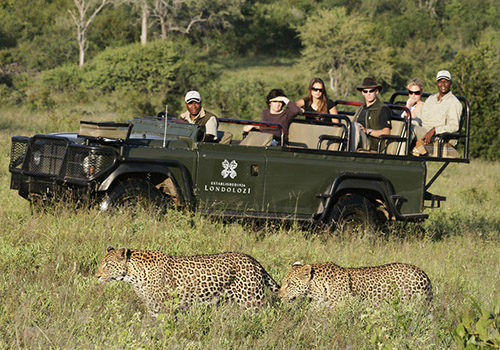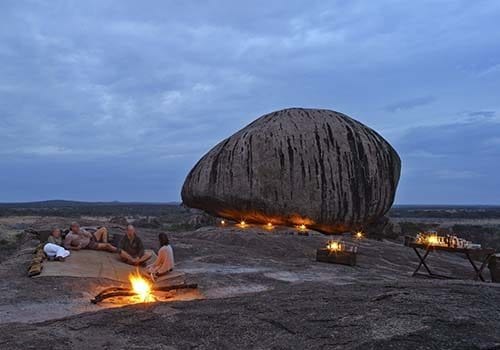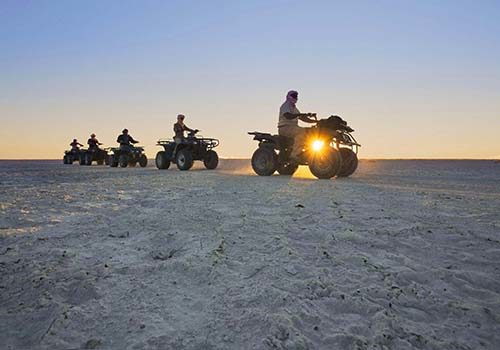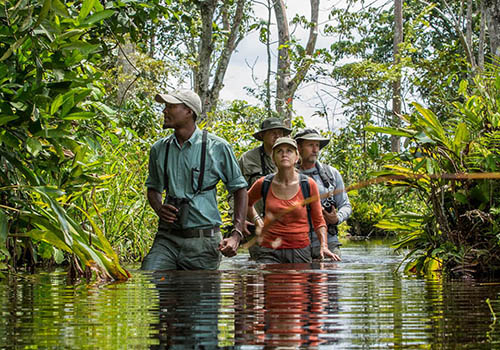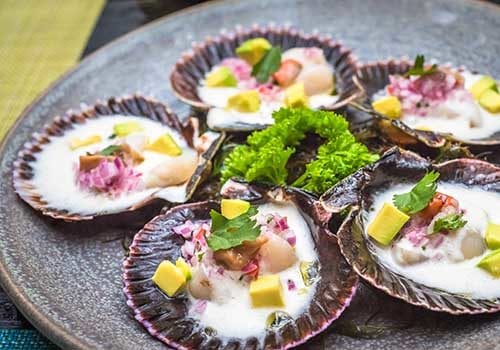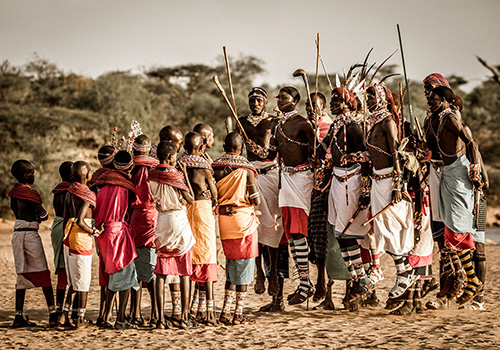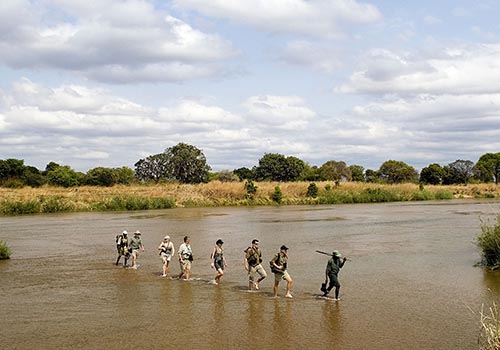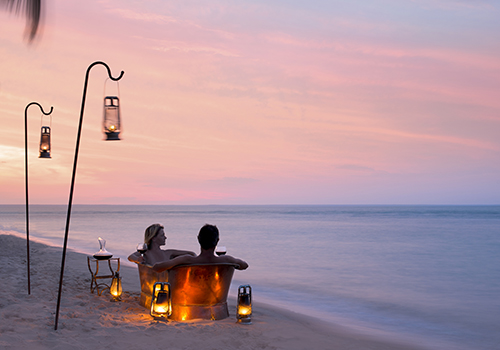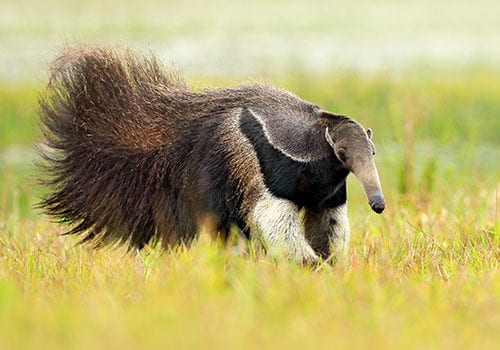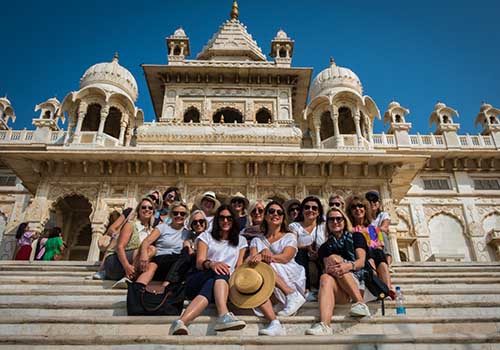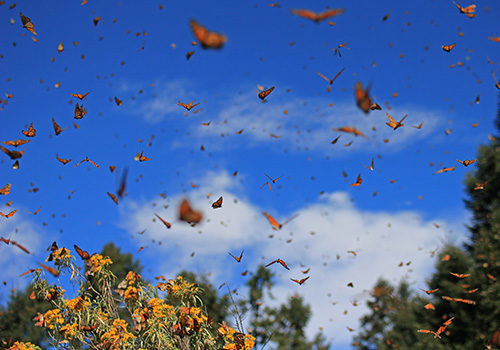
KEY INFORMATION TO PREPARE FOR YOUR JOURNEY
Brazil is the largest country in South America, situated in the eastern part of the continent. It shares borders with every South American country except Chile and Ecuador. Renowned for its diverse landscapes, Brazil boasts the Amazon rainforest, the world’s largest tropical rainforest, as well as iconic landmarks like the Christ the Redeemer statue in Rio de Janeiro and the vibrant city of Salvador with its rich Afro-Brazilian culture. Visitors are drawn to Brazil for its stunning beaches, lively festivals such as Carnival, and the unique blend of natural beauty and cultural richness.
PLEASE NOTE: All pre-departure information was correct at the time of writing, but should be used as a guide only since requirements can change at short notice and without warning. Consult Smart Traveller or contact the Embassy of the Federative Republic of Brazil or the appropriate authority prior to departure to confirm all details.
AT A GLANCE
BRAZIL KEY FACTS
Time: Rio de Janeiro: GMT – 3 hours | AEST -13 hours; Manaus, Amazon: GMT – 4 hours | AEST -14 hours
Capital: Brasilia
Official languages: Portuguese is the official language. English is widely spoken.
Religion: The predominant religion in Brazil is Christianity, specifically Roman Catholic
Electrical Current: 127/220 volts | Adaptor type C or N with two round pins (N has a grounding pin)
Currency: Brazilian Real | BRL
Australian Embassy Brasilia: SES QD 801, Conjunto K, Lote 07, BSB, DF 70200-010, Brasilia, Brazil | T: (+55) 61 3226 3111 | E: consular.brasilia@dfat.gov.au, or embaustr@dfat.gov.au | https://brazil.embassy.gov.au/
Visa: No – Australian & New Zealand passport holders are not currently required to obtain visa to enter Brazil – refer to ‘Passport and Visa Requirements‘ for further details.
USEFUL WEBSITES
Smart Traveller – https://www.smartraveller.gov.au/destinations/americas/brazil
Travel Doctor-TMVC – https://www.traveldoctor.com.au/destinations/brazil
Embassy of the Federative Republic of Brazil in Canberra – http://camberra.itamaraty.gov.br/
PUBLIC HOLIDAYS
January 1: New Year’s Day
Tuesday 47 days before Easter Sunday: Shrove Tuesday
Friday before Easter: Good Friday
Monday after Easter: Easter Monday
April 21: Tiradentes’ Day
May 1: Labour Day
Thursday 60 days after Easter Sunday: Corpus Christi
September 7: Independence Day
October 12: Our Lady of Aparecida’s Day
November 2: All Souls Day
November 15: Republic Day
December 25: Christmas Day
RIO CARNIVAL
The Rio Carnival is an iconic annual festival held in Rio de Janeiro, known for its vibrant and extravagant celebrations. The carnival typically features elaborate parades with samba schools showcasing intricate costumes, music, and dance. Millions of locals and tourists participate in the festivities, filling the streets with energy and excitement. The Sambadrome, a dedicated parade area, hosts the main events.

This party has its origins in ancient Greece and Rome celebrations. Later, it was incorporated into the Catholic liturgical calendar and allowed until the Ash Wednesday.
By the Catholic Calendar, Carnival is always celebrated seven Sundays before the Easter Sunday. This is why the Rio Carnival Dates vary from year to year.
2024: 9 – 14 February
2025: 28 February – 5 March
2026: 13 – 18 February
2027: 5 – 10 February
2028: 25 February – 1 March
2029: 9 – 14 February
2030: 1 – 6 March
PASSPORT & VISA REQUIREMENTS
PASSPORTS
Your passport must be valid for at least six months after your return to Australia and have at least two blank pages for every entry and country you intend to visit on your journey. If your passport does not meet these requirements you must obtain a new one. The Australian Passport Office website is www.passports.gov.au.
It is a wise precaution to carry a photocopy of your passport separately and leave a copy at home. This will aid authorities in processing a new passport should yours get stolen or lost.
If you have dual citizenship and more than one passport, we strongly recommend that you use only one of these during your travels, as in some countries it is considered illegal to have two or more passports. Be sure to use the same passport on entry and exit from a country, and never surrender your passport.
If your passport name is different to your commonly used name, advise us of this and ensure your airline reservations match those of your passport name.
VISAS
Australian and New Zealand passport holders are not currently required to obtain a visa for tourism purposes for stays in Brazil of up to 90 days over a 12 month period, however this is expected to change in April 2025.
CLIMATE, WEATHER & SEASONS
CLIMATE
Brazil has a diverse climate due to its vast size and varied topography. Broadly speaking, the country experiences a tropical climate, but there are regional variations. Here are some general climate characteristics:
Amazon Rainforest Region: The northern part, including the Amazon Rainforest, has a hot and humid equatorial climate with high rainfall throughout the year.
Northeast Region: The northeastern coast, including cities like Recife and Salvador, has a tropical climate with a distinct wet season from April to July.
Central-West Region: The interior, including the capital Brasília, has a savanna climate with a dry season from May to September and a wet season from October to April.
Southeast Region: This region, including São Paulo and Rio de Janeiro, experiences a tropical climate with well-defined seasons. Summers are hot and humid, and winters are mild.
South Region: The southern part, including cities like Porto Alegre, has a subtropical climate with defined seasons. Winters can be cool, and there is occasional frost.
Brazil’s climate diversity allows for a wide range of ecosystems, from the lush rainforests in the north to the arid areas in the northeast and the temperate regions in the south. Travellers should consider the specific climate of the region they plan to visit when preparing for a trip to Brazil.
KEY SEASONS
Rio de Janeiro & Southeast Region
- December to March – this is summer in the Southern Hemisphere, offering warm temperatures and festive atmospheres. Carnival in Rio de Janeiro typically takes place in February or March.
Amazon Rainforest
- June to November – during the dry season, rivers are lower, making it easier to explore the rainforest. Wildlife viewing is also enhanced as animals gather near water sources.
Pantanal Wetlands and Central-West Region
- June to September – dry season in the Pantanal allows for better wildlife viewing and outdoor activities.
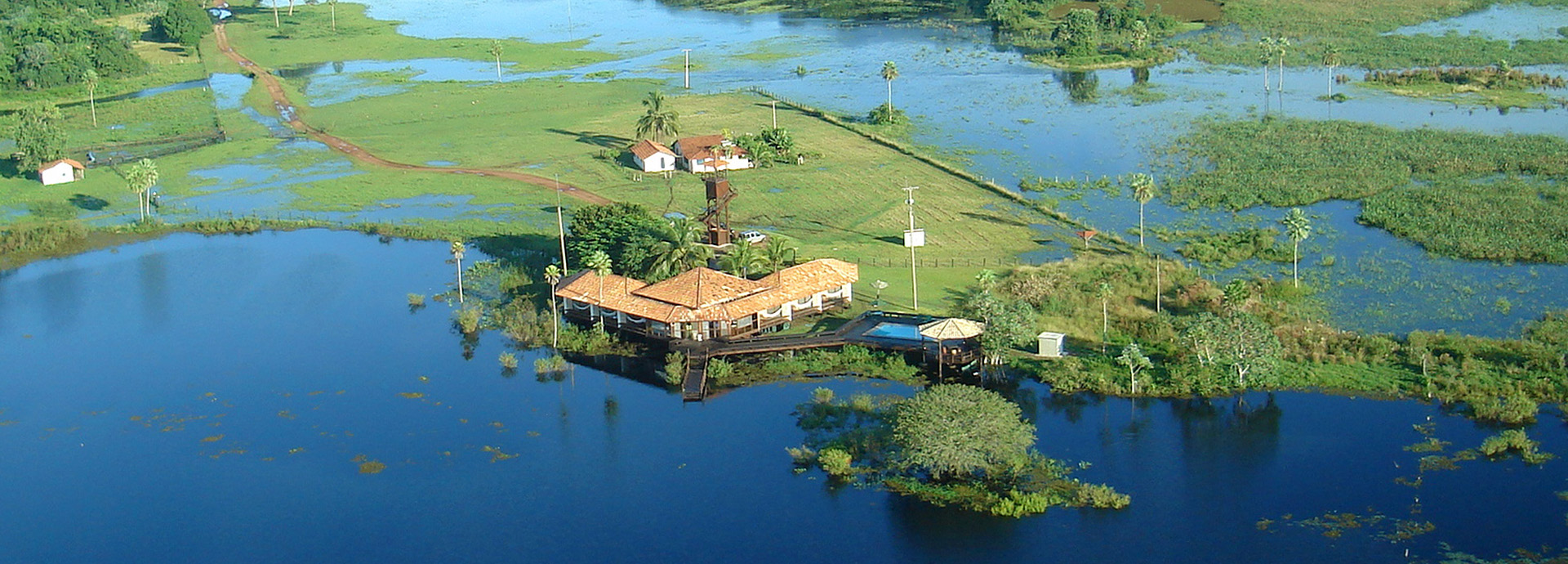
| RIO DE JANEIRO | JAN | FEB | MAR | APR | MAY | JUN | JUL | AUG | SEP | OCT | NOV | DEC |
|---|---|---|---|---|---|---|---|---|---|---|---|---|
| Temperature (°C) | 23-29 | 23-30 | 23-29 | 22-28 | 21-27 | 19-25 | 18-26 | 19-26 | 19-25 | 20-26 | 22-27 | 22-29 |
| Rainfall (mm) | 135 | 130 | 135 | 95 | 70 | 45 | 40 | 45 | 55 | 85 | 100 | 135 |
| MANAUS | JAN | FEB | MAR | APR | MAY | JUN | JUL | AUG | SEP | OCT | NOV | DEC |
|---|---|---|---|---|---|---|---|---|---|---|---|---|
| Temperature (°C) | 23-30 | 23-30 | 23-31 | 23-31 | 23-31 | 23-31 | 22-31 | 23-32 | 23-33 | 23-33 | 23-32 | 23-31 |
| Rainfall (mm) | 285 | 295 | 300 | 320 | 245 | 120 | 75 | 65 | 75 | 105 | 170 | 245 |
| CAMPO GRANDE | JAN | FEB | MAR | APR | MAY | JUN | JUL | AUG | SEP | OCT | NOV | DEC |
|---|---|---|---|---|---|---|---|---|---|---|---|---|
| Temperature (°C) | 19-28 | 20-30 | 18-30 | 18-29 | 16-27 | 15-26 | 14-27 | 16-29 | 17-27 | 19-31 | 19-30 | 20-29 |
| Rainfall (mm) | 245 | 190 | 145 | 100 | 110 | 45 | 45 | 40 | 80 | 130 | 110 | 230 |
LUGGAGE & PACKING
CLOTHING
Clothing advice for travelling to Brazil depends on the region, time of year, and planned activities. Here are some general tips:
Light and Breathable Clothing: Brazil has a predominantly tropical climate, so pack lightweight and breathable clothing. Cotton and linen fabrics are excellent choices to stay cool and comfortable.
Casual and Comfortable Attire: Brazil has a relaxed dress code in most places. Casual clothing such as shorts, T-shirts, and sundresses are suitable for everyday activities.
Swimwear: If you’re heading to beach destinations, don’t forget your swimwear
Comfortable Footwear: Bring comfortable walking shoes for exploring cities and natural attractions. If you plan to visit the Amazon or engage in outdoor activities, consider sturdy hiking shoes.
Rain Gear: In some regions, especially during the wet season, it’s advisable to pack a lightweight, waterproof jacket or a poncho. Quick-drying clothes are also beneficial.
Sun Protection: Pack sunscreen with high SPF, a wide-brimmed hat, and sunglasses to protect yourself from the strong tropical sun.
Layers for Cooler Evenings: In some regions, evenings can be cooler, especially during the winter months. Pack a light jacket or sweater for evenings or higher-altitude areas.
Modest Attire for Cultural Sites: If you plan to visit religious or cultural sites, carry modest clothing, such as long pants or a skirt and a top that covers the shoulders.
Mosquito Repellent: In areas with a higher risk of mosquito-borne diseases, it’s advisable to bring insect repellent and, if necessary, lightweight long-sleeved shirts and pants for added protection.
Adapt to Local Style: Brazil has a diverse culture, and attire can vary. In urban areas, people often dress casually, while in some nightlife or upscale venues, a slightly more formal style may be appropriate.

HEALTH & VACCINATIONS
HEALTH & VACCINATIONS
It may be necessary to take medical precaution prior to, and whilst travelling. As we are not qualified to offer advice, we recommend you contact your GP or the Travel Doctor-TMVC who have the most up‐to-date information available and can tailor their advice to your specific needs. Requirements are highly personal depending on your health profile and the activities in your itinerary.
Some vaccinations must be given well in advance of travel, so we suggest seeking medical advice as soon as you start to plan your trip. Be sure to ask what vaccinations or medications may be required to enter Brazil and to re-enter Australia.
You can also refer to SmartTraveller for a guide as to what may be required, however you should always seek professional medical advice before travelling.
FOOD & DRINK
- Drink boiled water or bottled water with sealed lids and avoid ice cubes, except in lodges and hotels where water quality is tested and assured.
- If in doubt, avoid raw and undercooked food, such as salads, as well as dairy products which are often unpasteurized. Gastrointestinal diseases are more common during the rainy season.

GENERAL RECOMMENDATIONS
Insect-borne diseases are a risk in Brazil. Yellow fever, dengue, malaria and the zika virus are common. You’re most at risk during the wet season, in poorer urban areas or in regional areas where there are stagnant bodies of water, including the Pantanal or Amazon.
YELLOW FEVER: Yellow fever is a risk in Brazil and a vaccination is recommended if you intend to visit the following Brazilian states: Acre, Amazonas, Amapa, Federal District, Goias, Maranhao, Mato Grosso do Sul, Para, Rondonia, Roraima and Tocantins.
If you have recently visited a country, which is known to suffer from outbreaks of Yellow Fever, you will need to show that you have been vaccinated against the disease on entry to Brazil. Speak to your GP or a travel doctor about this.
For all insect-borne diseases the best advice is to cover up – use insect repellent, mosquito nets and wear long, loose, light-coloured clothing.

MONEY MATTERS
CURRENCY AND EXCHANGE
The official currency is the Brazilian Real (BRL) divided into 100 centavos. It’s recommended to have some local currency for small purchases in markets and rural areas.
US Dollars are the easiest currency to exchange. Casas de cambio (exchange bureaux) often give better rates than hotels and banks and can be found in any town on the tourist circuit. It is recommended that you DO NOT change money on the black market as you are more likely to receive a lower rate of exchange or fake notes.
Credit cards are widely accepted in larger cities and tourist destinations. Visa and MasterCard are more commonly accepted than other cards.
ATMs are widely available in urban areas. Use ATMs in well-lit and secure locations such as inside banks.
TELL YOUR BANK
We highly recommend you advise your bank of your destinations and travel dates. This should prevent any of your transactions being deemed as ‘out of the ordinary’ (and possibly stopped) due to their unexpected location.
TIPPING
Most bars and restaurants include a service charge of 10% in the bill. It is usual to leave a little extra if the service has been satisfactory. When no service charge has been included then a tip of 10% to 15% is recommended. It is not customary to tip taxi drivers but it is usual to round up the fare if they help with luggage.
Guides and transfer drivers highly appreciate receiving as deserved (USD15‐20 for guides and USD5‐10 for drivers per day is a good gratuity).
In general tipping small amounts is customary for all services.

SHOPPING
Shopping in Brazil provides a diverse and vibrant experience, ranging from traditional markets to modern malls. To immerse yourself in authentic Brazilian culture, explore local markets like Feira Hippie de Ipanema in Rio de Janeiro and the renowned Mercado Municipal in São Paulo, known for its diverse food offerings.
Discover unique Brazilian crafts such as handcrafted jewellery, wooden carvings, indigenous art, and textiles, often found in popular markets.
Brazil’s fashion scene is vibrant, offering trendy clothing, swimwear, and accessories from local designers in upscale districts of major cities like São Paulo and Rio de Janeiro.
Gemstone jewellery, including precious and semi-precious stones, is abundant, and Brazil’s reputation for high-quality leather goods makes cities like São Paulo and Porto Alegre ideal for finding leather shoes, bags, and belts.
Don’t forget to bring home the rich flavours of Brazilian coffee, available in local markets or specialty stores.
When shopping in markets, haggling is common, especially for crafts and souvenirs, and a polite and friendly approach can enhance your negotiating experience.
POWER & TECH
POWER
There are basically two main voltage systems used around the world: 110 Volt ‐ USA, Canada, Spain & Japan 220 Volt ‐ the rest of the world. In simple terms, the power supply available at the socket is roughly twice as powerful in 240V countries as in 110V countries.
The voltage in Brazil is 127/220 Volts, therefore if you wish to use any electronic devices from Canada, the US or Japan you’ll need a voltage converter AND a plug adapter. Australia operates a 220V currency and therefore you only require an adapter for Australian appliances.
The adaptor you will need for Brazil is a TYPE C or N or, alternatively you may prefer to invest in an International Travel Adaptor that provides you with more than one option.
Alternatively you may prefer to invest in an International Travel Adaptor that provides you with more than one option.
Many adaptors also have a USB port so you can plug your smart phone, or I‐product directly into the adaptor.
For the latest & most up to date information about voltage and what adaptors to travel with refer to: www.korjo.com
ADAPTORS
Brazil uses a 127/220V electrical current and types C or N sockets (two round pins, type N also has a grounding pin)

